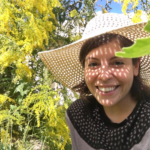
3 Must-Read Books to Enrich Your Relationship with the Plant World
Books have the capacity to transport us simultaneously deep within our own minds and to far-off destinations. The experiences we have while reading can help us to see our own world with new eyes and renewed wonder. This shift in lens is definitely the case with the must-read books for plant people I want to share with you in this article. These books have made an impression on my heart and opened my mind to different perspectives on my relationship with the natural world.
These three must-read books all center on the relationship between humans and the natural environment. Each author has a different background and is from a different part of the world, giving the reader the opportunity to visit ecosystems around the globe. While the plant path they took may vary, the passion and desire to live in a reciprocal relationship with the nature they love is the same.
Sharing knowledge and wisdom from their own experience and unique perspective, these authors invite you into their relationship with nature and give you the opportunity to consider your own.
3 Must-Read Books to Enrich Your Relationship with the Plant World
The Secret Wisdom of Nature: Trees, Animals, and the Extraordinary Balance of All Living Things by Peter Wohlleben
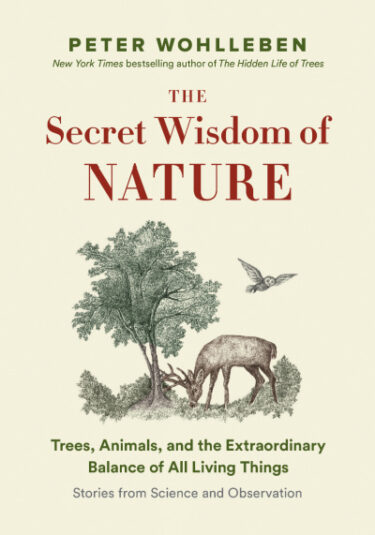
Peter Wholleben is an author, conservationist, and forestry pioneer dedicated to the preservation of forests in Germany (Wohlleben, 2022).
His passion for understanding the interconnected workings of the world’s ecosystems is evident as he writes about the impact of human populations on natural spaces all over the globe. An expert at weaving the intricate details and multiple perspectives into the discussion of each chapter, however, the author does not make any attempt to simplify this nuanced subject.
The expansive way that Wohlleben writes guides the reader through multiple viewpoints, allowing them to feel how complex and layered the relationship between humans and nature is. The importance of the attempt to understand is stressed while still acknowledging that there are nuances that are beyond our comprehension. He includes familiar stories explained in greater detail, like the impact of wolf poaching and the effect the disappearance of wolves had on the landscape in Yellowstone National Park.
Wohlleben also includes stories I hadn’t heard before, like how the rehabilitation of migrating crane populations has affected the production of Iberian ham. When explaining the situation, the author takes you from point A to point E from the perspective of the crane enthusiasts and conservationists. Then he takes you back to point A for a journey through the farmer’s perspective. In the form of a philosophical quandary, the author inquires constantly what the truth is and what is the right thing to do.
I was amazed the whole way through this book and it quickly made my list of must-read books. The way the author explains the “design choices” of deciduous and coniferous trees gave me a renewed sense of awe when taking in the trees on my daily walks. Stories that show the vast and sweeping, as well as the fine and intricate workings of life on this planet, will keep you turning this book’s pages.
Find The Secret Wisdom of Nature by Peter Wohlleben on Amazon here and on the author’s page here.
Understory by Inga Simpson
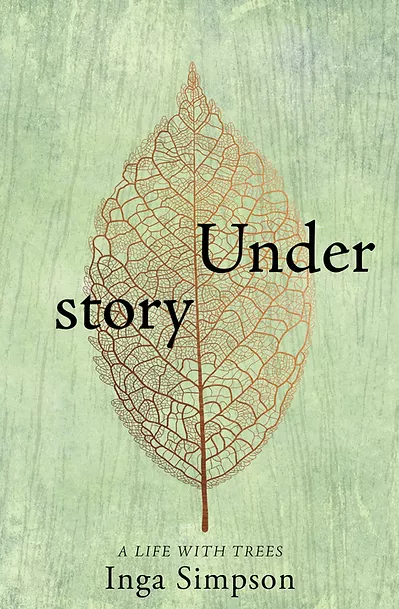
Another book that made my list of “must-read books” is Understory by Inga Simpson. Inga is an Australian writer in love with nature. Understory is part autobiography and part nature guide, telling the story of running away to the woods, and of the flora and fauna who become neighbors when we choose to live with nature. I have certainly fantasized about my own escape to the woods and enjoyed every moment of living vicariously through the author’s experiences.
Not one to shy away from reality or paint a picture too good to be true, Simpson includes tales of personal triumph, defeat, and the middle spaces in between life’s highs and lows. The author’s memories fit perfectly into her exploration of the forest’s stories. The way she describes her natural affinity for natural spaces, the inspiration that they bring her, and how that ultimately influenced her career path and life decisions were all things I felt a special kinship to.
In the section “Canopy,” aptly named, the author tells tales of chasing a dream, the winds of inspiration in your sails, lifting you higher and higher—as the canopy is the part of the forest that is expansive, lofty, and full of flight. In “Middle Story,” Simpson recounts everyday life once the dream has become reality and the reality of living in a wild space sets in, poetic in that the middle story of the forest connects the buzzing heights of the canopy to the network of regeneration in the understory. And finally in “Understory,” the author explores life’s endings and regenerations, as the understory is where life in the forest begins and ends, over and over again.
As poetic as it is realistic, this book details the constant shifting and adapting that is required of life in wild spaces, both internally and externally. As Simpson navigates the changing seasons of life with their shifting demands, she grows to know herself and the land more fully. Through both personal and ecological lenses, she describes battles won and lost, learning firsthand cause and effect, and embracing the healing process—as messy as it is.
Find Understory by Inga Simpson on Amazon here and on the author’s page here.
Braiding Sweetgrass by Robin Wall Kimmerer
Robin Wall Kimmerer is a writer, a scientist, and a member of the Potawatomi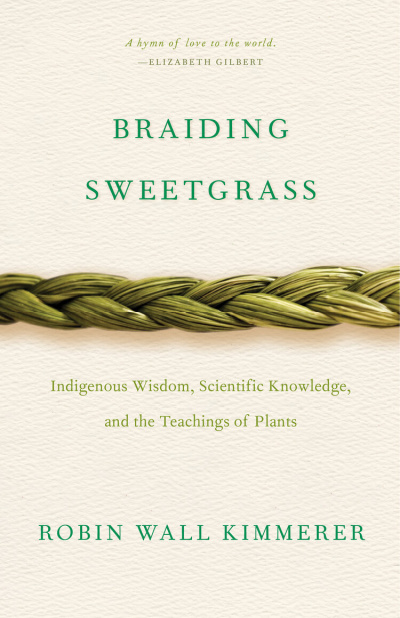 Nation of the northeastern United States. In her writing, Kimmerer has an incredible gift for blending the quantifiable scientific study of nature with the unquantifiable personal relationship to nature. Reading this book filled me with a kind of deep nostalgia that frequently brought tears to my eyes, even though the experiences described are not my own.
Nation of the northeastern United States. In her writing, Kimmerer has an incredible gift for blending the quantifiable scientific study of nature with the unquantifiable personal relationship to nature. Reading this book filled me with a kind of deep nostalgia that frequently brought tears to my eyes, even though the experiences described are not my own.
Throughout the book, the author shares both her personal experience exploring her relationship to nature as she digs into the roots of her Indigenous culture, and her experience in ecological field study. She believes that by blending scientific knowledge and Indigenous wisdom we can all learn to be good stewards of nature, and find a balance between the human and natural worlds. The stories she shares take the reader more fully into the possibility of a relationship with the natural world, embracing the concept that as we seek to learn more about nature, we have much to learn from it.
Each chapter is written in a way that allows it to stand alone from the rest of the book, but when compiled together, the text manages to dive deeper and deeper into the part of our hearts that longs to belong to, and not be separate from, the bigger picture. Not only does Kimmerer’s writing awaken this part of ourselves, but it also offers balm by way of plant teachers and their lessons. Did you know that plantain (Plantago major) has a lot to teach us about how to be a good neighbor in a land that is not our own?
As a person who grew up in the United States, this book opened up a world I was already familiar with in new detail and depth with invitation after invitation to see things in a new way. It also helped me to embrace both the practical, concrete aspects as well as the entirely ephemeral, mysterious aspects of my relationship to nature as an herbalist. This emboldens me to accept both the scientific and spiritual sides of the craft without the need to decide on one approach over the other in the way I practice herbalism.
Find Braiding Sweetgrass by Robin Wall Kimmerer on Amazon here and on the author’s page here.
In Closing,
It is inspiring and encouraging to read the stories of other nature lovers, to get their perspectives, and learn from their journeys. These writers originate from various parts of the world and each one took a different route on the plant path, and yet they all occupy the space of intimate relationship with nature.
I appreciate so much the way each of these writers convey the wonder, joy, and conflict of their relationships to nature. These must-read books are sure to enrich your relationship with the natural world, whether you’re just getting started or are well traveled on the plant path.
For more on our favorite books, see:
5 Herbal Books for Beginners
5 Herbal Cookbooks For Your Kitchen
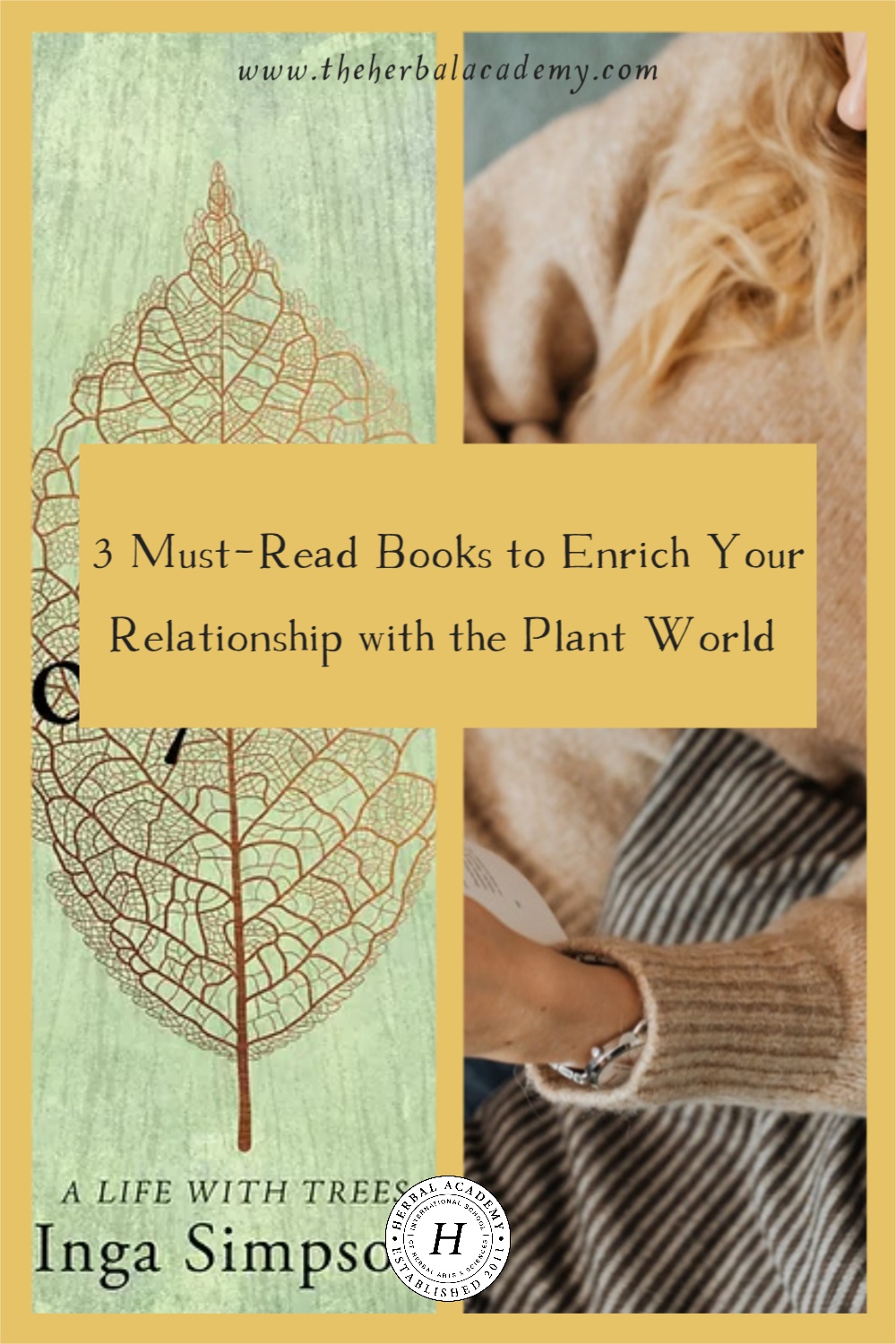
REFERENCES
Wohlleben, P. (2022, April 18). About me. Peter Wohlleben. https://www.peter-wohlleben.de/ueber-mich

